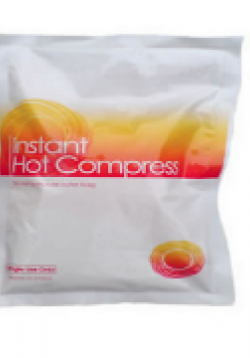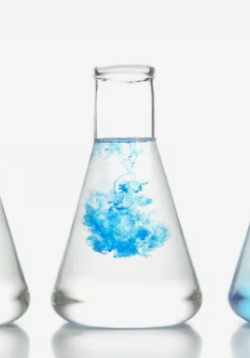Unit Plan - Chemical Differences in Emergency Energy Sources
Students develop atomic and molecular models of energy resources, analyze combustion of various fuels and build circuits with Photovolatic (PV) modules to evaluate and suggest revisions to a disaster preparedness supply list. They then research and...
Developing a Model of Thermal Energy, Atoms, and Molecules
Through a series of exploration and inquiry activities, students will explain kinetic molecular theory, atomic, and molecular structures. Students will be challenged to gradually increase the precision of their explanation of molecular-level structures...
Making the Standard Solar Heater
In part one of the activity students will be asked to create a simple solar heater, measure the temperature change in a vial of water, then calculate the heat energy transferred to a vial of water. Students will construct the solar heater, place a set...



